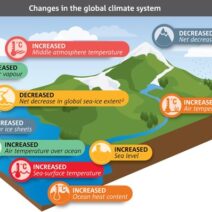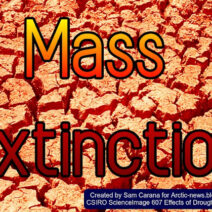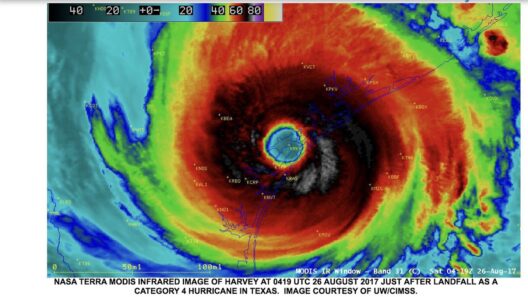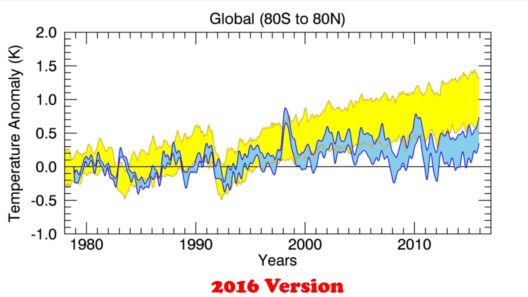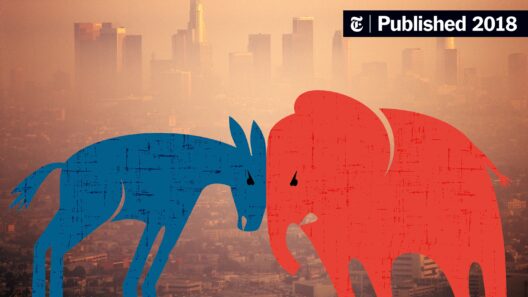The alarming realities of climate change have prompted global discourse about the future of our planet. As we progress towards the year 2050, imagining what the world will look like evokes both curiosity and concern. This visual forecast challenges us to reassess our position, our decisions, and their ramifications on our environment. Envisioning a future shaped by climate change compels society to confront difficult truths while simultaneously presenting an opportunity for transformative change.
The specter of climate change is already materializing in various ways, with catastrophic weather patterns becoming commonplace across the globe. Rising temperatures and intensified storms are not merely abstract concepts; they are reshaping landscapes, economies, and human experiences. By the year 2050, it is anticipated that the culmination of these challenges will profoundly alter our ecosystems and living conditions. The critical question remains: how do we adapt our perspectives and actions in response to these changes?
One of the most palpable effects of climate change will be the dramatic rise in sea levels. Coastal cities worldwide face an existential threat, with projections suggesting significant portions of urban areas may be submerged. Iconic cities like Miami, New Orleans, and Venice could transform into dystopian landscapes, their vibrant cultures eclipsed by flooding and decay. As populations migrate inland, new urban areas will emerge, prompting the need for innovative infrastructure capable of withstanding frequent inundation. Such cities must integrate sustainable practices, becoming innovative models for living harmoniously with rather than against nature.
On land, agriculture will encounter unprecedented challenges. Traditional farming practices, which have sustained civilizations for millennia, may falter as conditions become increasingly inhospitable. Intensifying droughts will decimate crops in arid regions, while excessive rainfall will lead to erosion and crop failures in others. The visual tableau of 2050 might encompass expansive industrial farms utilizing advanced technology to cultivate resilient crops in controlled environments. Vertical farming and hydroponics may become commonplace, providing fresh produce in urban settings while reducing dependency on vulnerable supply chains.
The interaction between climate change and biodiversity illustrates another stark reality. Ecosystems are shifting, with species struggling to adapt to altered climates. The extinction of countless plant and animal species may render vast swaths of land barren. Envision a future where once-thriving forests have become shadowy reminders of their former glory, replaced by monocultures that offer little habitat or sustenance. Conservationists may turn towards a radical reimagining of natural preservation, transforming landscapes into biodiverse sanctuaries interconnected by wildlife corridors that facilitate species migration.
As our global population continues to swell—expected to reach nearly ten billion by 2050—the demand for resources will become increasingly tenuous. The dependency on fossil fuels is predicted to falter, nudged by the urgency of climate responsibility. Renewable energy technologies are expected to proliferate, reshaping our energy consumption. The widespread adoption of solar panels, wind turbines, and perhaps even unconventional energy sources may adorn both urban and rural landscapes. Battery technology and storage solutions must significantly advance to accommodate this shift, leading to a cleaner, decentralized energy future.
The social fabric will inevitably fray and reweave itself amidst these transformations. Economic disparities may exacerbate as vulnerable populations bear the brunt of climate-induced disasters. Picture communities banding together to fortify their resilience, cultivating localized solutions to combat scarcity. Grassroots movements will likely emerge, fostering a sense of solidarity. Networking among activists across the globe could lead unprecedented legislative changes, promoting a paradigm shift in environmental stewardship.
Furthermore, climate change will illuminate critical discussions around equity and justice. Environmental injustices often fall disproportionately upon the marginalized, intensifying debates about who holds responsibility for mitigating climate effects. Anticipating 2050 might invoke images of uprisings demanding accountability from corporations and governments. Community-led initiatives focusing on equitable resource distribution and public awareness could arise as game changers, confronting power dynamics ingrained in societal structures.
The tale of our planet and its resilience in 2050 unlocks the potential for transformation in multiple dimensions. Education plays a pivotal role in fostering awareness and engendering environmental responsibility. Picture learning environments where sustainability becomes intrinsic, igniting a passion in future generations to innovate and protect their surroundings. Empowered by knowledge, individuals may decide to adopt minimalist lifestyles, prioritizing sustainability in every facet of existence.
Ultimately, envisioning the world in 2050 compels an engaging and multifaceted exploration of outcomes stemming from our current trajectories. The images conjured can be profoundly disquieting or breathtakingly hopeful. The choice is ours. Inspiring a shift in perspective and rousing curiosity to enact proactive measures secures a resilient future. It’s not merely a visual forecast; it is a call to action, beckoning humanity to collaborate to shape an equitable world conducive to life. Only through conscious choices today can we cultivate a future worth fighting for.
